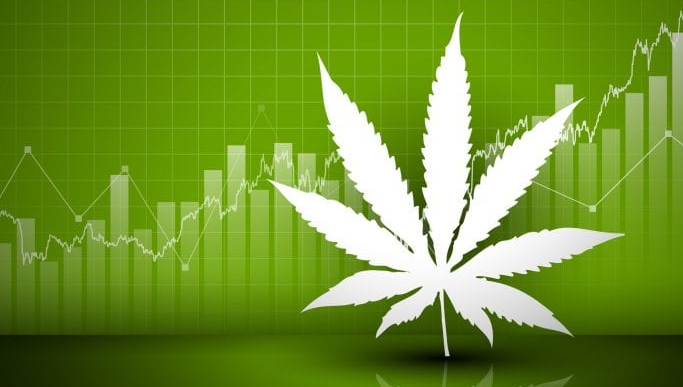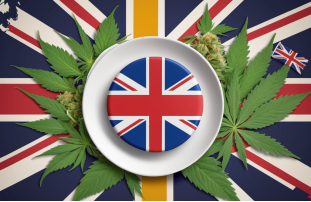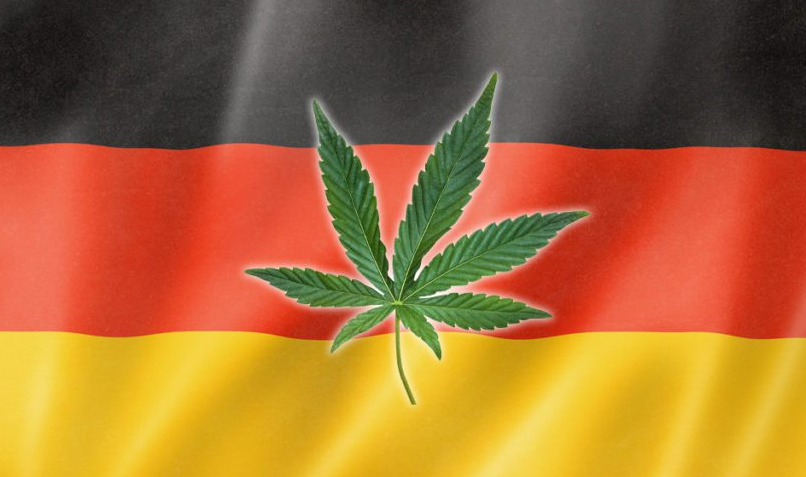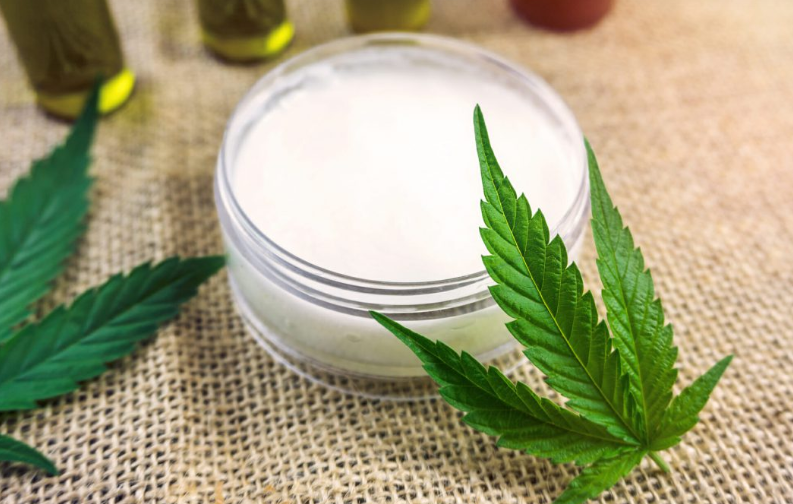Industrial Hemp Cultivation in Germany Hits Record High in 2024, but Challenges Remain

According to the latest data from Germany's Federal Agency for Agriculture and Food (BLE), the industry is experiencing continued growth as the area under industrial Hemp cultivation in Germany reaches an all-time high in 2024.
In fact, the German industrial hemp industry is indeed experiencing a resurgence, with its 2024 cultivation area set to reach an all-time high. The latest data from Germany's Federal Agency for Agriculture and Food (BLE) shows that a total of 7,116 hectares of land is currently being used for industrial hemp cultivation, an increase of 1,282 hectares from 2023, and a further 2.5% increase from the peak in 2022.

Despite the expansion of acreage, the number of farms engaged in industrial hemp cultivation has declined. The number of farms growing this year is down by 40, which leaves the 623 farms that remain managing a growing share of the land.
While the expansion is good news for the industry, it also highlights a widening gap: fewer farmers are growing more and more industrial hemp, and the challenge for the government remains to make industrial hemp cultivation more appealing and cutthroat for smaller or newer entrants to the industry.
Currently, the largest industrial hemp growing regions in Germany are concentrated in Lower Saxony, Brandenburg and Saxony-Anhalt, which account for the majority of Germany's total production. Of these, Lower Saxony leads the country with 1,771 hectares of cultivation, followed by Brandenburg (1,477 hectares) and Saxony-Anhalt (1,046 hectares).
On average, each of the remaining 623 farms grows more than 11 hectares of industrial hemp, with the average acreage being much higher in some regions. For example, farms in Brandenburg alone grow an average of 38 hectares of industrial hemp, compared with 32 hectares in Saxony-Anhalt and 22 hectares in Thuringia.
Increasingly attractive crops
Industrial hemp is an extremely versatile crop that can be used in a variety of fields, from textiles and food to cosmetics and building materials. Varieties of industrial hemp with a tetrahydrocannabinol (THC) content of less than 0.3% are legal in the European Union.
In Germany, farmers have been allowed to grow approved varieties of industrial hemp since 1996. In addition, the environmental benefits of this crop make it increasingly attractive. Industrial hemp requires little to no pesticides, improves soil quality and supports biodiversity, making it a sustainable option for farmers.
However, despite these advantages, the number of industrial hemp farms has shown a decline. The German Ministry of Agriculture plans to reverse this trend by expanding cultivation opportunities and providing greater legal certainty. Through the Industrial Hemp Liberalization Act (Nutzhanfliberalisierungsgesetz-NLG), the German Cabinet is seeking to reduce the barriers faced by farmers by expanding the possibilities for industrial hemp cultivation and removing regulatory ambiguity.
Conclusion.
The industrial hemp industry in Germany is at a crossroads. On the one hand, the increase in cultivation area and the government's support for the industry will be positive signals for the future. On the other hand, a decrease in the number of farms highlights the challenges still faced by smaller producers.
As the government pushes forward with legislative reforms aimed at providing more legal clarity and expanding cultivation opportunities, Germany's industrial hemp industry is likely to continue to grow and is likely to attract more farmers back into the industry. For now, the industry's focus remains on making industrial hemp an attractive and viable crop for the future - both economically and environmentally.












